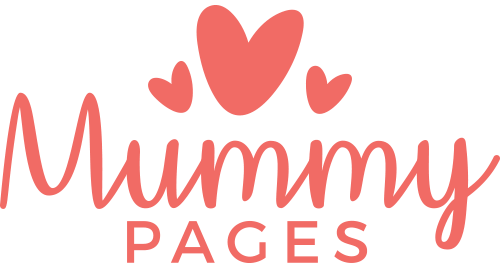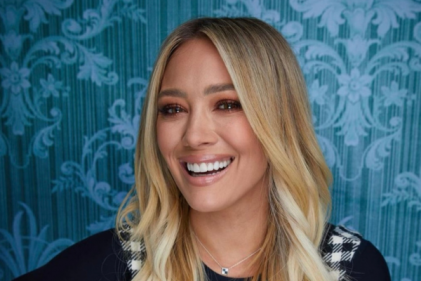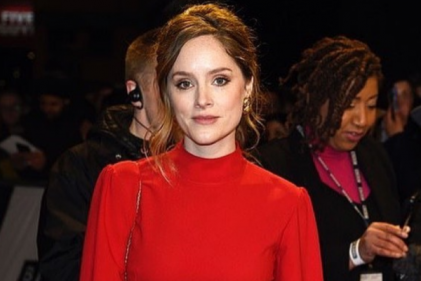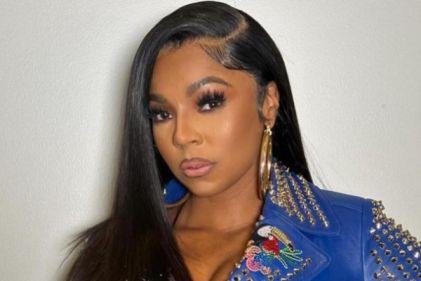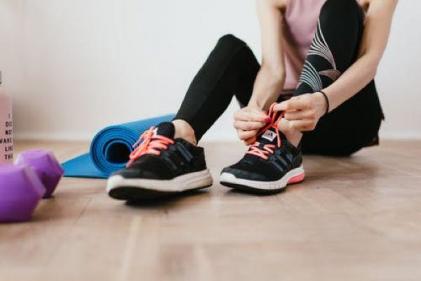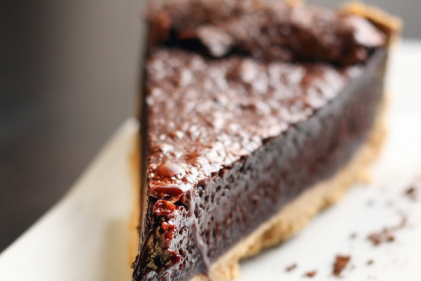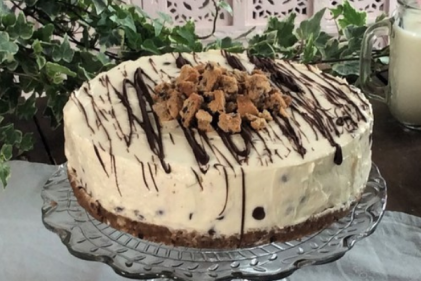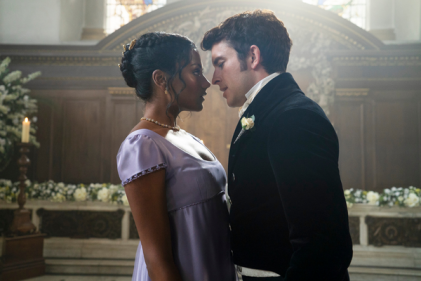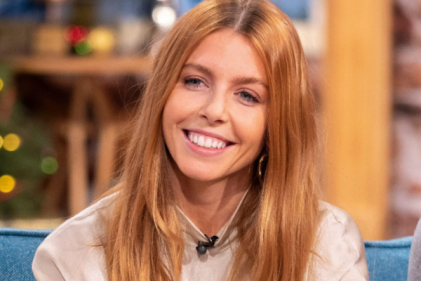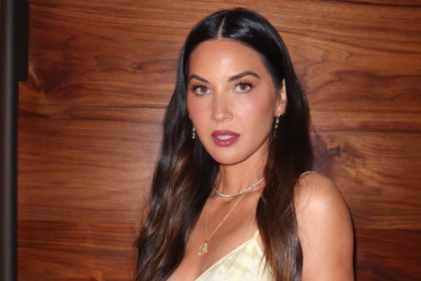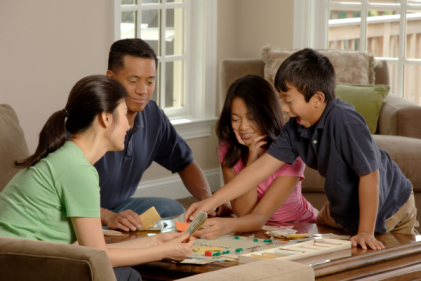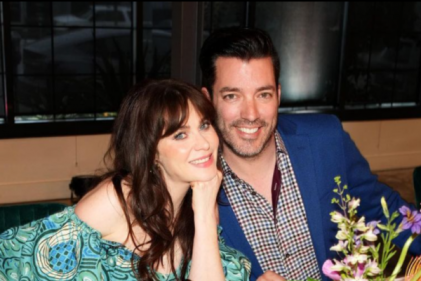Creating your baby’s nursery can be exciting, emotional and… eco-friendly.
As you plan your nursery. bear in mind that as your baby’s immune system develops in the early months of their life, they are more susceptible to their environment and can have a harder time handling toxins.
This isn’t just about living a green life. It’s about creating the healthiest, safest and most non-toxic environment possible for your baby.
As you plan your nursery. bear in mind that as your baby’s immune system develops in the early months of their life, they are more susceptible to their environment and can have a harder time handling toxins.
This isn’t just about living a green life. It’s about creating the healthiest, safest and most non-toxic environment possible for your baby.
The key areas to think about are the cot, paint, air, floor, changing unit, toys and cleaners.
THE COT
Your baby will be spending a considerable amount of time in her crib during the first few years of her life. They can spend up to 12 hours at night plus naps. You should consider making it as comfortable and eco-friendly as possible.
Eco-friendly suggestions:
Your baby will be spending a considerable amount of time in her crib during the first few years of her life. They can spend up to 12 hours at night plus naps. You should consider making it as comfortable and eco-friendly as possible.
Eco-friendly suggestions:
When buying your cot, pick one that is made of solid, sustainable wood which has been painted with non-toxic paint and finishes.
Choose a natural mattress made without petrochemicals such as those make of organic cotton, wool or 100% latex. These types of mattresses do tend to be more expensive so if you can’t afford that option and go down the route of a conventional mattress, try to find an organic mattress protector between your baby’s head and the mattress. It is recommended to air this kind of mattress for a few months before putting it in the crib.
Source bedding, such as sheets and blankets, which are made with natural fabrics.
Wash all bedding with a gentle, natural non-biological baby washing detergent.
PAINT
Whatever colour you choose is a matter of taste but the paint should have low ‘volatile organic compounds’ or VOCs. When paint dries, VOCs are emitted into the atmosphere giving off chemicals, gases and create that familiar strong paint smell. These fumes can be dangerous to both pregnant mama and newborn also.
Eco-friendly suggestions:
Whatever colour you choose is a matter of taste but the paint should have low ‘volatile organic compounds’ or VOCs. When paint dries, VOCs are emitted into the atmosphere giving off chemicals, gases and create that familiar strong paint smell. These fumes can be dangerous to both pregnant mama and newborn also.
Eco-friendly suggestions:
- Choose paints made with low VOCs
- Try to paint the nursery far in advance, before the baby is born, and open windows to air it out. Don’t paint it yourself even if you chose a low VOC paint.
- If you live in an older house, it is quite likely that your house has paint work with lead in it. If you suspect this, under no circumstances should you try to scrape the paint yourself as this will lead to hazardous lead paint dust spreading throughout the house. Pay someone to do the job properly and do it over a weekend when you can be out of the house.
AIR
As babies breathe more rapidly than adults, they also get more pollutants into their lungs. This makes them more susceptible to indoor air pollution.
As babies breathe more rapidly than adults, they also get more pollutants into their lungs. This makes them more susceptible to indoor air pollution.
Eco-friendly suggestions:
- Invest in an air purifier to free the baby’s nursery of gases, chemicals and household allergens.
- Throw open the windows in the nursery (and bedrooms that are located close by) every day to bring in fresh air and circulate out the stale air.
FLOOR
Your child will spend a lot of time on the floor. As they will crawl and play on the floor, you should consider all of the things that may be living on your floor including allergens, dirt and toxins.
Eco-friendly suggestions:
Your child will spend a lot of time on the floor. As they will crawl and play on the floor, you should consider all of the things that may be living on your floor including allergens, dirt and toxins.
Eco-friendly suggestions:
- A wooden floor, treated with a non-toxic sealer, is the best choice.
- If you choose to have a rug in any area, pick one made of natural fibres such as organic cotton or wool and one that has no synthetic dyes.
- If possible, try to completely steer clear of carpets. They are a disaster for harbouring dust mites, mould and pollutants all of which can trigger allergies or asthma. A good alternative is to use cork flooring as cork is sustainable and comfortable.
- You should clean all floors and rugs with a high quality filter equipped vacuum cleaner at least three times a week.
THE CHANGING TABLE
In the first few years of life, your baby spends a lot of time having their nappy changed. You can help keep her skin feeling protected and pampered.
Eco-friendly suggestions:
In the first few years of life, your baby spends a lot of time having their nappy changed. You can help keep her skin feeling protected and pampered.
Eco-friendly suggestions:
- As with the cot, buy a changing table that is made of solid, sustainable wood.
- Use an organic cover over the changing mat.
- Invest in cloth nappies or chlorine free nappies (chorine free won’t contribute to dioxin pollution).
- Choose lotions and ointments made with natural ingredients.
TOYS
Try to choose natural toys for your child to play with.
Eco-friendly suggestions:
Try to choose natural toys for your child to play with.
Eco-friendly suggestions:
- Invest in toys made with natural fibers, or wood toys created with nontoxic paints
- Try to steer clear of plastic toys made with PVC as this material releases toxins into the environment throughout its lifecycle and contributes to pollution by dispersing dioxins into our air and water.
- If you want to go plastic, look for soothers, teething toys and toys made without PVC.
CLEANERS
Doing any or all of the above will go a long way towards creating an eco-friendly nursery for your baby. However, if you can’t stretch to all of the above, it’s very easy to use non toxic gentle cleaners in your baby’s room. Whilst some supermarkets have been a little slow in stocking non toxic gentle brands, there are many sites selling such products available in the UK.
Doing any or all of the above will go a long way towards creating an eco-friendly nursery for your baby. However, if you can’t stretch to all of the above, it’s very easy to use non toxic gentle cleaners in your baby’s room. Whilst some supermarkets have been a little slow in stocking non toxic gentle brands, there are many sites selling such products available in the UK.
